High speed lens APOQUALIA 35mm F1.4
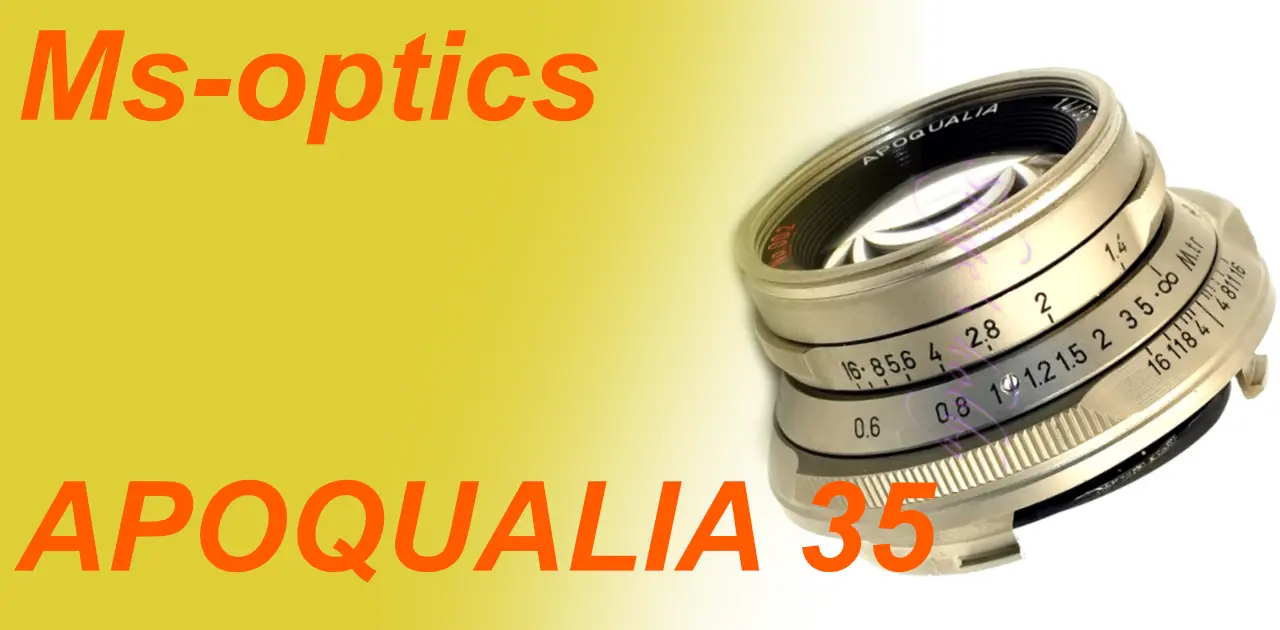
A review of using the Ms-optics APOQUALI 35mm F1.4 with a LEICA M typ240 and HASSELBLAD X2D.
Table of contents

Gallery
- Sample photos taken with the LEICA M typ240 and HASSELBLAD X2D-100C.
Review
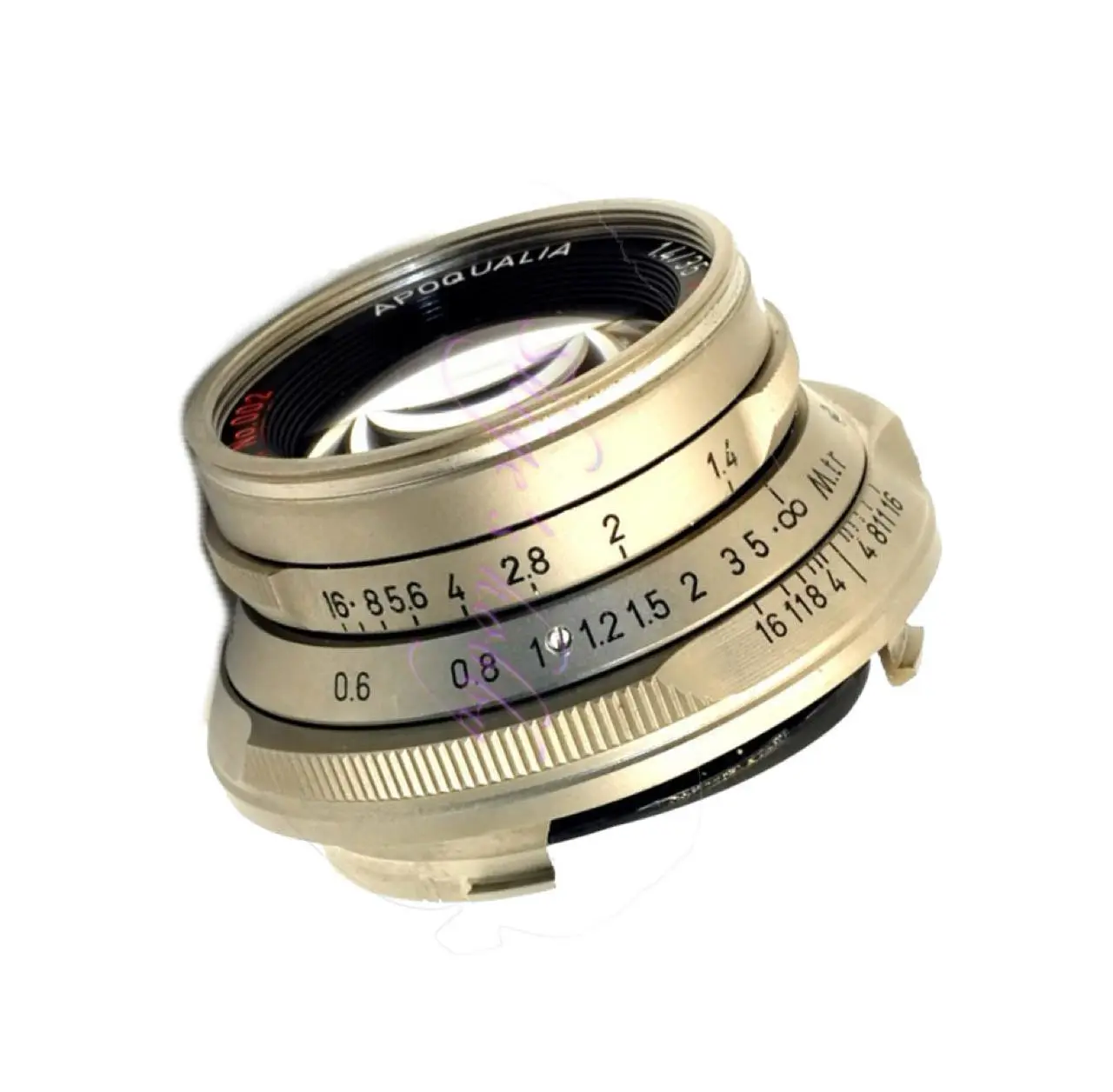
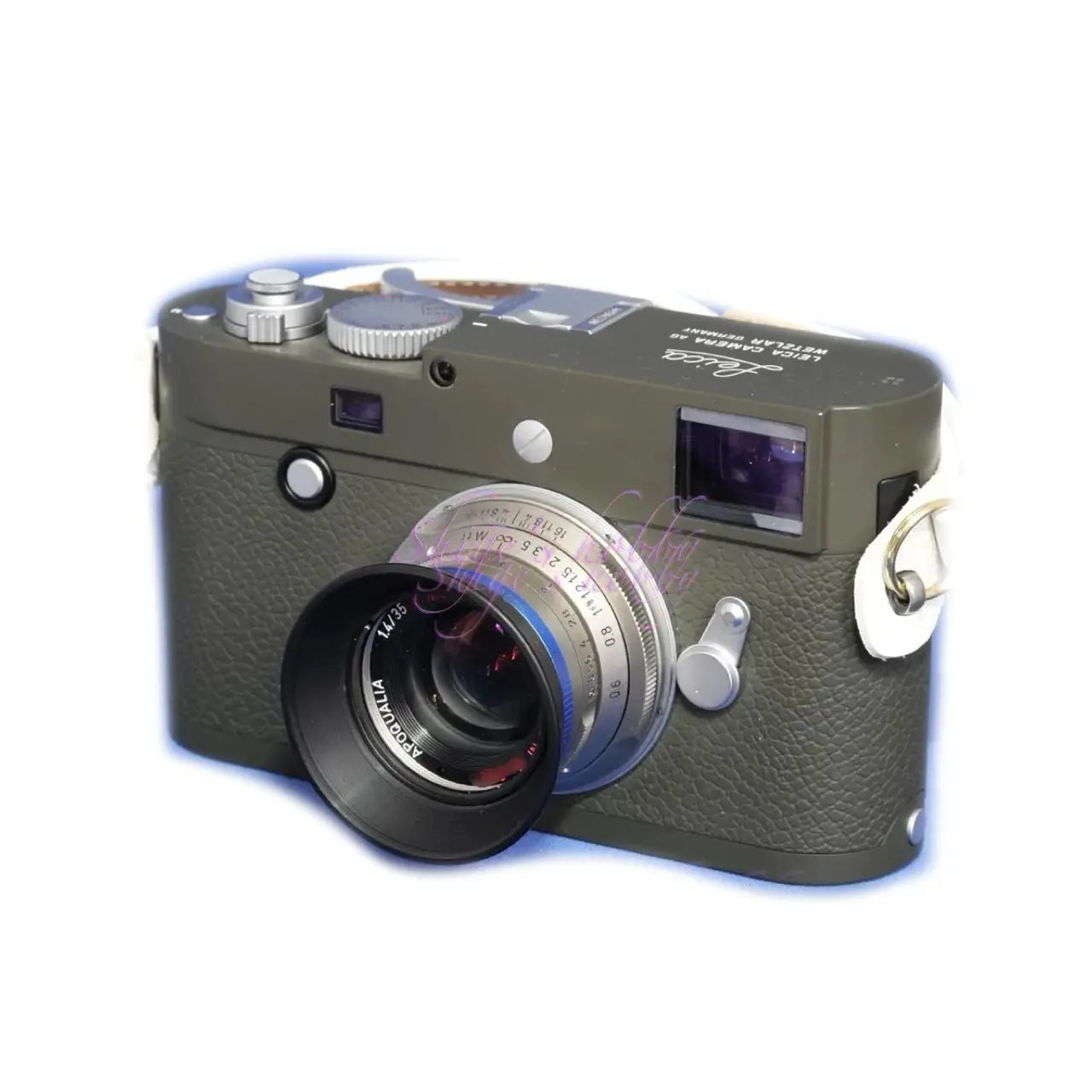
1.Overview
The Ms-Optics APOQUALIA 35mm F1.4 is a large-aperture lens with a focal length of 35mm released by Ms-Optics in 2016.
It uses a Gaussian lens with 6 elements in 4 groups, and the minimum shooting distance is 0.6m, and it works with the M-type Leica distance system up to 0.8m.
The filter is a reverse-attach type that Miyazaki Optical is particular about, and uses a 37mm diameter. The lens hood is a trumpet type with a 37mm reverse thread, so a filter is attached and then attached on top of it.
There are many variations in the lens appearance, and it has been released in various lens barrel colors such as black, silver, silver rhodium, and black paint. It is also the prototype of the REIROL 35mm F1.4 released by MAP CAMERA, which will be introduced on a separate page.
2.Usability
The Ms-Optics APOQUALIA 35mm F1.4 is a compact lens that can be said to be a 35mm lens for rangefinder cameras in general. However, compared to lenses made by manufacturers, there are gaps in the focus ring and aperture ring that seem to be manufacturing issues, suggesting poor construction.
This has been improved in Ms-optics lenses from the 2020s, so it is thought to be due to the manufacturing period.
When the aperture is open, the focus position near the center is core, but the image is not tight around the edges. This can be improved by stopping down to F2.8, so it can be avoided depending on how you use it. When using the aperture open, be careful to choose the scene carefully and not to use it too much and make it too monotonous.
Also, when using with a rangefinder camera, when focusing with double image matching at the open aperture, the focus position of the target and the resulting shot will be different unless the photographer’s habits are matched to the compatibility of the camera and lens. In other words, the focal position of the resulting shot changes depending on the subtle position of the double image.
A similar example is that in the film era, it was said that it was difficult to get the focus position of the NOCTILUX-M 50mm F1 at full aperture. With a digital rangefinder camera, if you check the focus position on the monitor after shooting, you can see the deviation in the focus position, so after shooting several times, you can get the hang of correcting the focus position.
And with a mirrorless camera in the 2020s, you can refine the focus position using a high-definition EVF, so the above difficulties will no longer be a problem.
When you zoom in and refine the focus position using the EVF of the HASSELBLAD X2D, which was also used in the example, you can visually confirm that the focus plane changes smoothly even if you move the focus ring slightly at full aperture.
This subtle difference makes it clear how difficult it is to shoot at the desired focus position with mechanical double image matching.
Film cameras do not have the resolution to resolve the subtle focus position at full aperture, so there is no need to be as nervous about it as with digital.
There is no clip stop on the lens aperture ring, and although this may be a matter of personal preference, it is unfortunate that the aperture ring is loose and not moderated.
The minimum shooting distance is 0.8m when the rangefinder is coupled to a rangefinder on a rangefinder camera, which is closer than the 1m of the spherical Summilux, making it easy to use.
With mirrorless cameras, you can get as close as 0.6m, but recently mount adapters with auxiliary helicoids have been sold, so if you use one of them, you can get closer to the spherical Summilux within a practical range.
The image circle is clearly insufficient for the 44mm x 33mm sensor size used by the Hasselblad X2D, and at full aperture, there is vignetting at the edges, and the image quality at the edges is poor. At full aperture, there is vignetting even on 35mm film, so this lens has a narrow image circle.
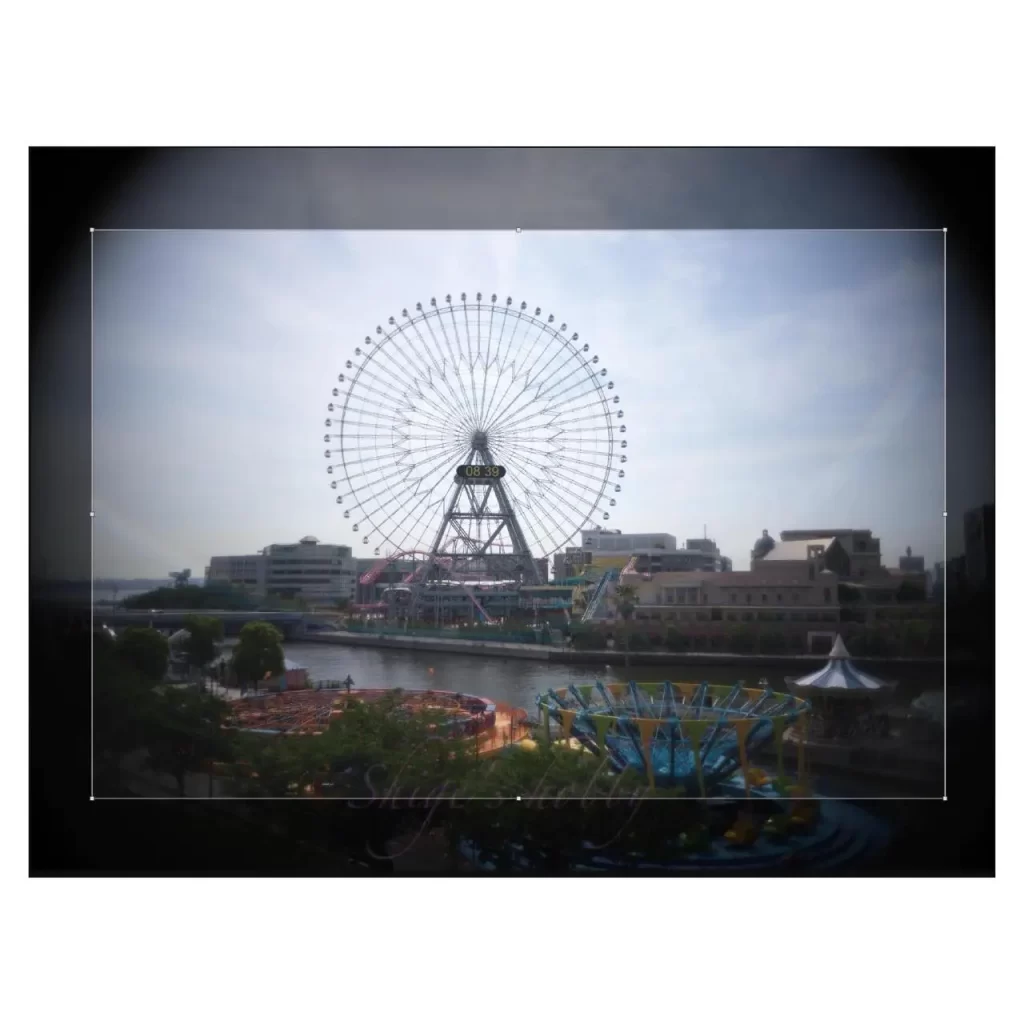
3.Summary
In conclusion, to sum up the Ms-Optics APOQUALIA 35mm F1.4, it is a lens with the common characteristics of Ms-Optics, which is a soft depiction at full aperture and stable when the aperture is narrowed. Even when narrowed, the depiction in the peripheral areas only improves, so if you have high expectations, you may be disappointed. When you get it, it is best to take test shots if possible to determine whether it suits your taste.
There is also an F1.3 version of APOQUALIA, but this version depicts more wildly at full aperture. The APOLLON 35mm F1.3 is said to be a lens that suppresses the wildness of the APOQUALIA at full aperture of F1.3, but since I do not own the actual lens, I do not know the details.
Specification and Competitor
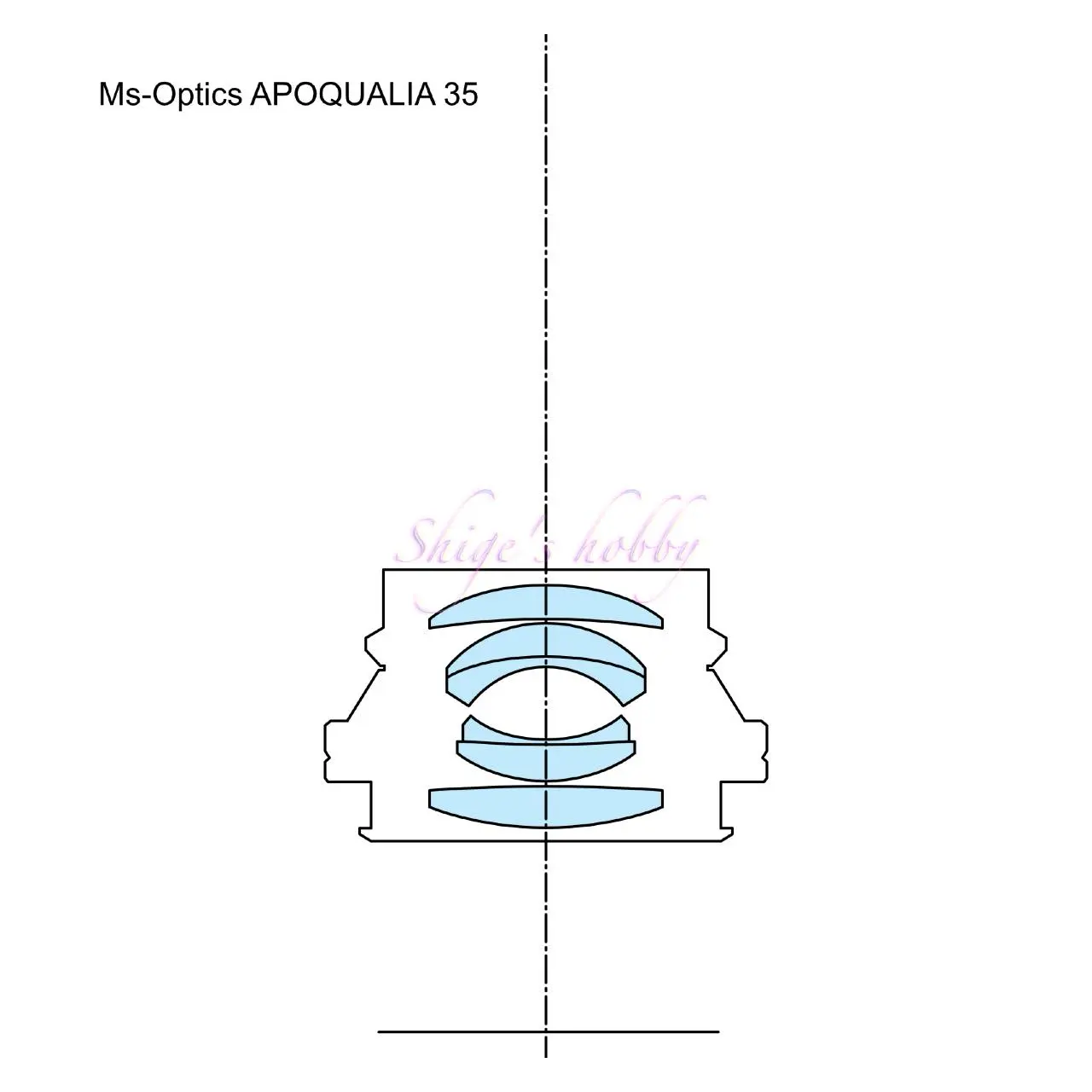
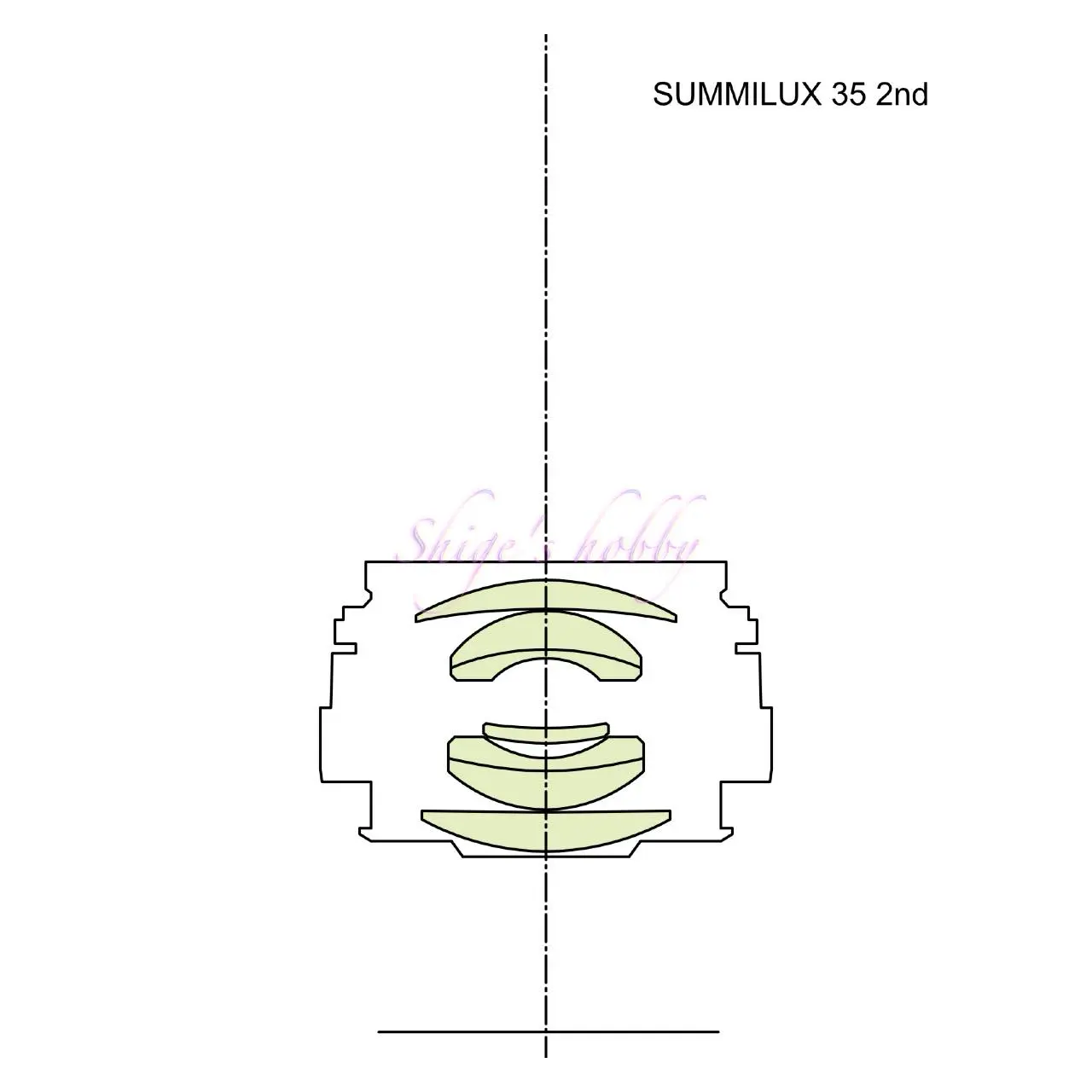
| Lens name | APOQUALIA | SUMMILUX |
| Local length(mm) | 35 | 35 |
| Max aperture | 1.4 | 1.4 |
| Min aperture | 16 | 16 |
| Leaf blade | 12 | 10 |
| Lens Construction | 6elements in 5group | 7elements in 5group |
| Min distance(m) | 0.6(Distance meter linkage is 0.8m) | 1.0 |
| Lens length(mm) | 22.5 | 28 |
| Lens Max diameter(mm) | φ50 | φ52 |
| Filter Size(mm) | 37 | Series-7 |
| Weight(g) | 85 | 222 Titan-color |
| Release date | 2016 | 1991 Titan-color |
Reference links
Update history
- 2025.6.17
- 2024.03.14
- 2023.06.12
Affiliate links
- Some external links are advertisements and clicking them may generate income for the site administrator.
Leave a Reply